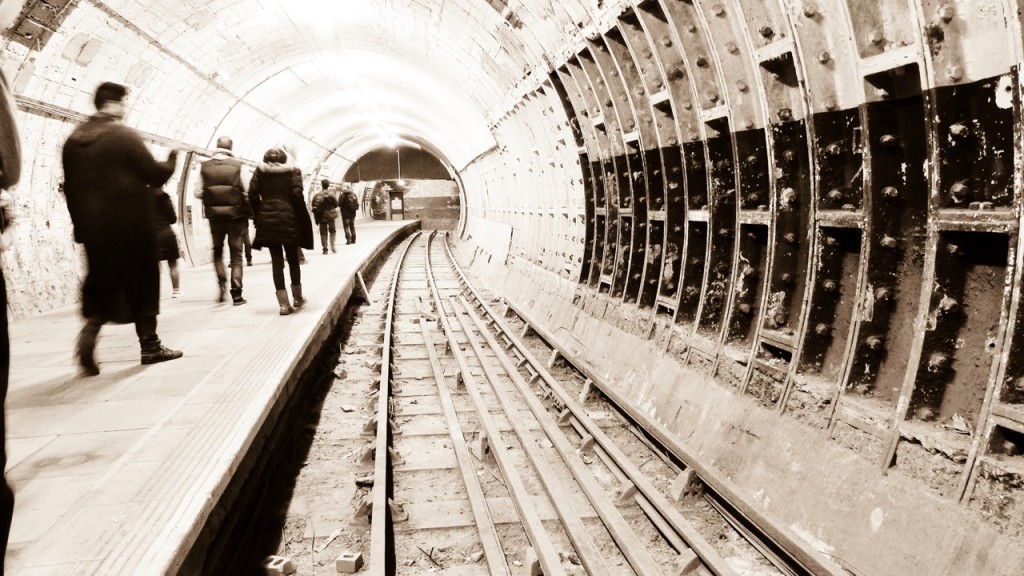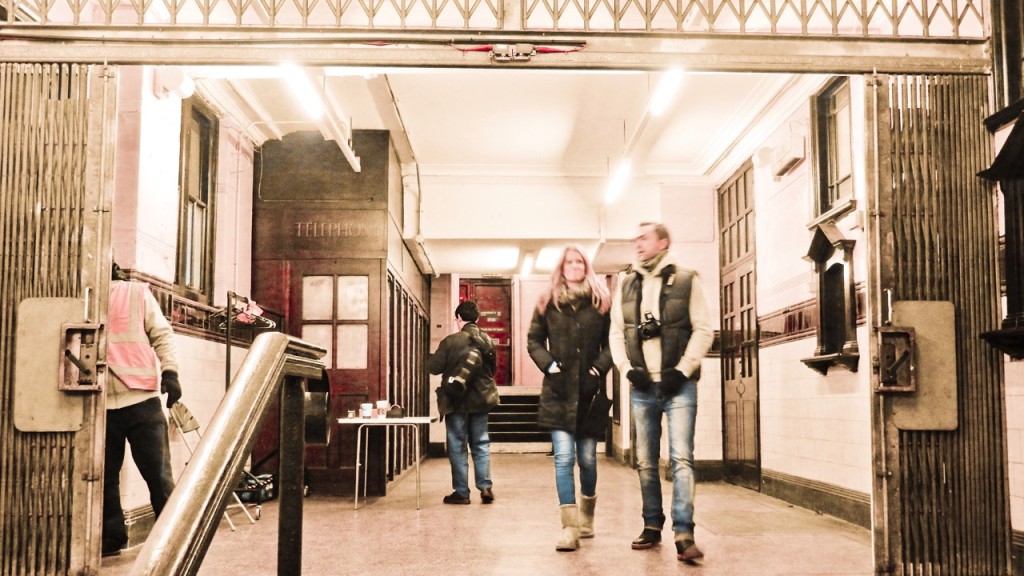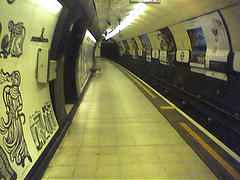I don’t know what it is about the railways that fascinates so many people but it does. As I type, there’s a mysterious world of trainspotters taking pictures of Diesel Multiple Units from the far end of station platforms somewhere in the UK. Certainly, it’s an important/large enough passtime for the BBC to have devoted three hours of evening TV hours to Transporting Live a few weeks ago week.
I’ve often wondered if this is only a British phenomenon? I am not sure I understand that although I will admit that, as a child, I crossed out bus registration plates in a book that listed all the vehicles operated by the Greater Manchester Passenger Transport Executive. Bus Spotting: it was Pokémon Go for a 70s childhood.
Perhaps it’s not that hard to explain after all.
However, I do have my own fascination with the networks of the railways. There’s something about the running of an infrastructure that moves thousands of people daily that really interests me. Previously, I’ve highlighted the complexities of the Oyster smart-card system and written about the Hidden London visitor series which can take you to disused parts of the Underground network.
Fellow London commuters frustrated by the levels of service provided by the Southern franchise right now will rightly not be interested in the history of the network or Oyster permutations: after all, what good is a fare if the trains have been removed? But they may be interested in this from the London Reconnection site: “Meltdown Monday: How Southern’s Problems Run Deeper Than Disputes” which provides interesting background on why the current problems are not as simple as an argument about who closes the doors.
People have warned for years that London’s transport system will start to collapse due to the sheer number of people using it. That is unlikely and gentle degradation is a more likely outcome. What consistently seems to get overlooked, however, is the possibility that two or three problems, relatively small and insignificant in themselves, can come together to produce a situation that is hard to unravel and even more difficult to solve.1
How many of us travelling on the railways understand things such as Dwell time or Sunday Rest Day working?
Basically on large parts of the railway, still, Sunday is not a rostered working day for train crew, and management is reliant on people working rest days to provide a service.2
It’s worth a read if you have the time while staring at the platform display hoping a train will appear.
Footnotes
1 Meltdown Monday: How Southern’s Problems Run Deeper Than Disputes: London Reconnections
2 ibid
Coming Up
I guess I could have tried to make this the first in the 2016 Blog Every Wednesday in August series. However, last Wednesday I said that the quote and link format, although a blog staple, is not the BEWA way. I felt this post would be cheating. I may regret that next week when I have to find something to write about.


